Before you even set foot inside Idaho’s Potato Museum, you’re greeted by a towering baked potato outside, complete with an oversized dollop of fake butter. It’s quirky, a little bit kitschy, and—believe it or not—packed with more science than most high school classrooms. This isn’t just a shrine to starch; it’s a place where spuds meet science, history, and a dash of oddball charm. If you ever wondered how a humble tuber could spark revolutions, feed nations, and even inspire scientific breakthroughs, you’re in for a wild ride. Welcome to the only museum where you’ll walk away knowing why potatoes might just save the world.
Where Potatoes Became Legends
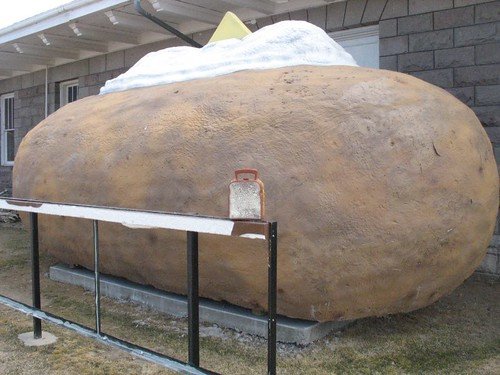
Idaho’s potato fields are legendary for a reason: volcanic soil, a perfect climate, and generations of farmers who treat growing potatoes like an art and a science. The museum dives deep into this story, showing how Idaho became the potato capital of the U.S. It’s not just about bragging rights; the museum highlights soil chemistry, irrigation methods, and even the genetics behind the perfect potato. Walking through the exhibits, you see how much science goes into every bite—right down to the minerals in the ground and the way water flows through the Snake River Plain. It’s a reminder that sometimes, the most ordinary foods are the result of extraordinary natural forces.
The Potato Genome: A Tuber’s DNA Secrets
One of the most mind-blowing exhibits explores the potato’s DNA. Scientists have sequenced the potato genome and discovered thousands of genes responsible for everything from disease resistance to that perfect, fluffy texture. The museum explains how breeders use this knowledge to fight blights and boost nutrition. You’ll even find interactive displays showing how gene editing could help future potatoes withstand droughts or pests. It’s fascinating to realize that every French fry or mashed potato you eat comes from centuries of careful selection and, now, cutting-edge biotechnology.
Potatoes and the Chemistry of Cooking
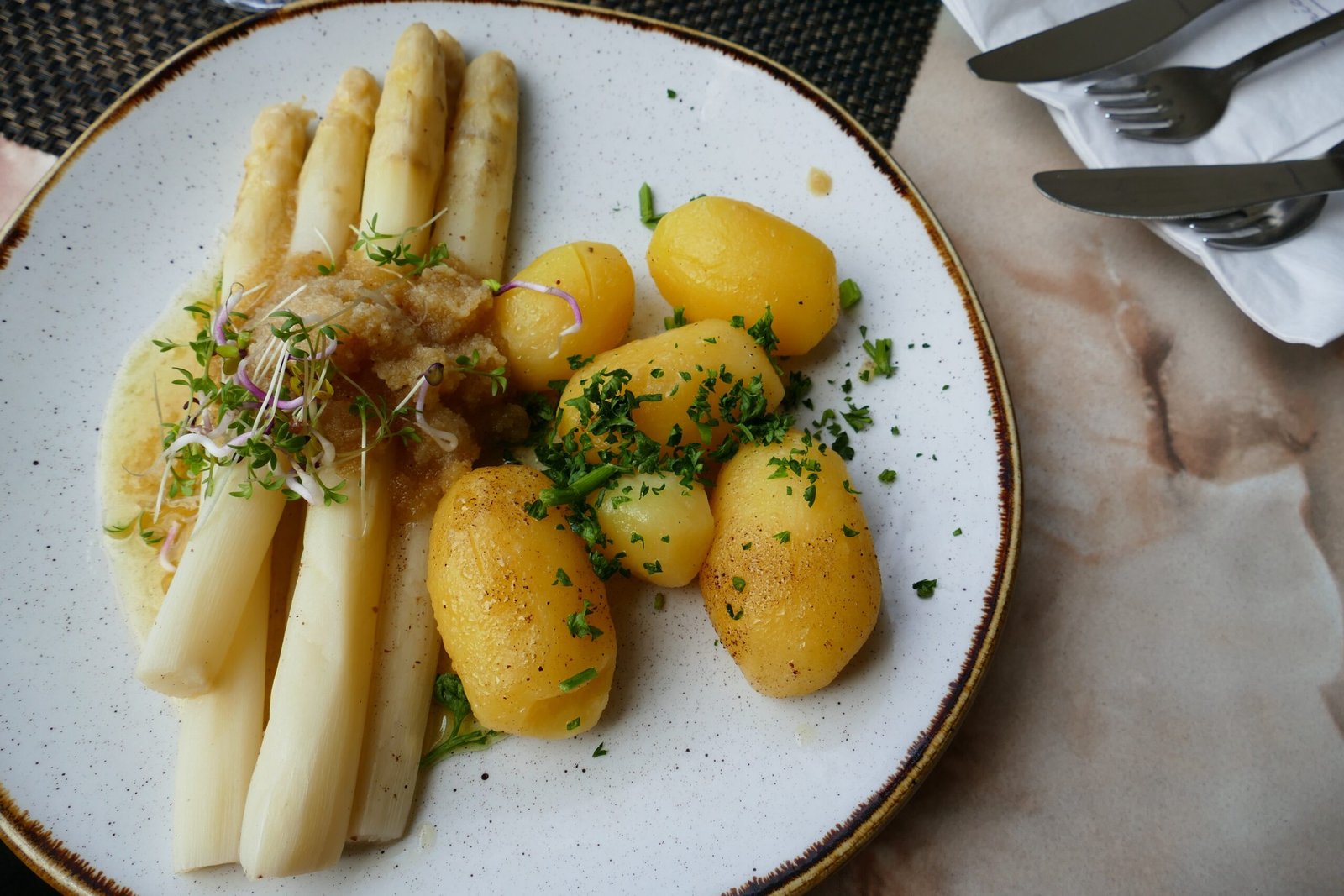
If you’ve ever wondered why some potatoes are best for mashing while others are perfect for fries, the answer is pure chemistry. The museum breaks down the science of starches—amylose and amylopectin—and how they affect texture. There are hands-on stations where you can compare waxy versus starchy potatoes, or see what happens when heat breaks down complex carbohydrates. It’s like a crash course in food science, and suddenly, your grandma’s choice of russets for her famous mash makes perfect sense.
Potato Blight: The Science Behind Catastrophe
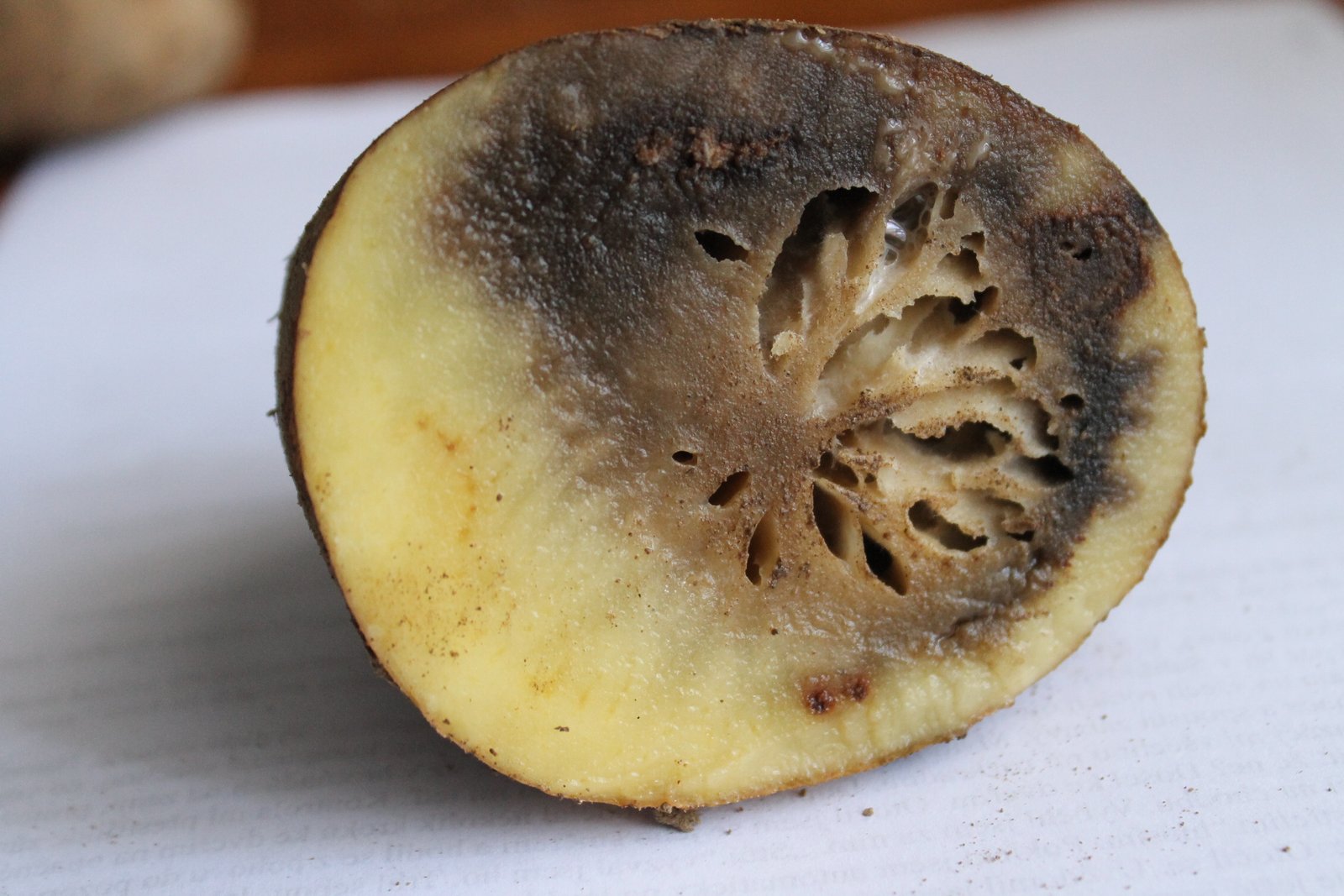
A sobering section of the museum tells the story of late blight, the disease that caused the Irish Potato Famine. Here, science meets tragedy as you learn about Phytophthora infestans, the pathogen that wiped out crops and changed history. Through interactive models and real microscope slides, visitors see how a single microorganism can devastate entire populations—and why scientists today are racing to breed blight-resistant potatoes. The museum doesn’t shy away from tough questions, turning a historical disaster into a lesson in plant pathology and resilience.
The Spud in Space: Potatoes Beyond Earth
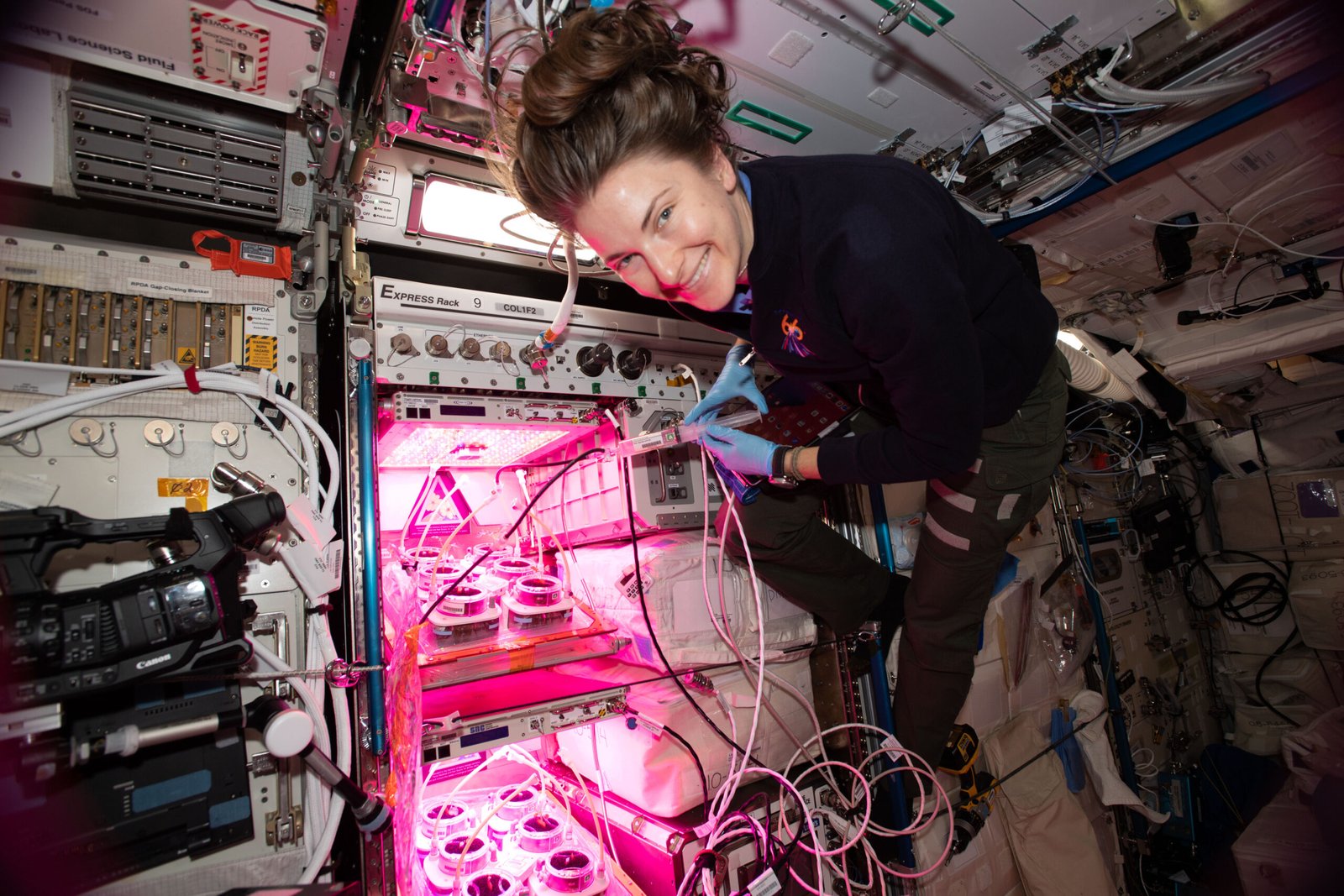
Did you know that potatoes have traveled to space? The museum proudly showcases Idaho’s role in NASA’s experiments to grow food on Mars. There are photos of potato plants sprouting in zero gravity and explanations of how scientists hope to feed astronauts during long missions. It’s thrilling to imagine a future where potatoes aren’t just comfort food—they’re survival food for interplanetary explorers. This section connects the humble spud to the big, bold future of human space travel.
The Physics of Potato Launchers
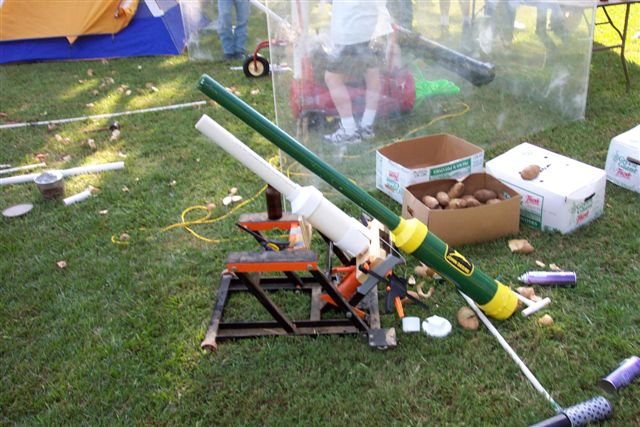
For a burst of fun, check out the museum’s display of potato launchers, or “spud guns.” Here, physics takes center stage. You’ll learn how air pressure, trajectory, and Newton’s laws all come into play when launching a potato across a field. There are safe demonstrations and diagrams explaining how kinetic energy is transferred from the launcher to the spud. It’s proof that science doesn’t have to be stuffy—sometimes, it’s just a matter of who can fling a potato the farthest.
Potato Preservation: From Ancient Storage to Modern Tech
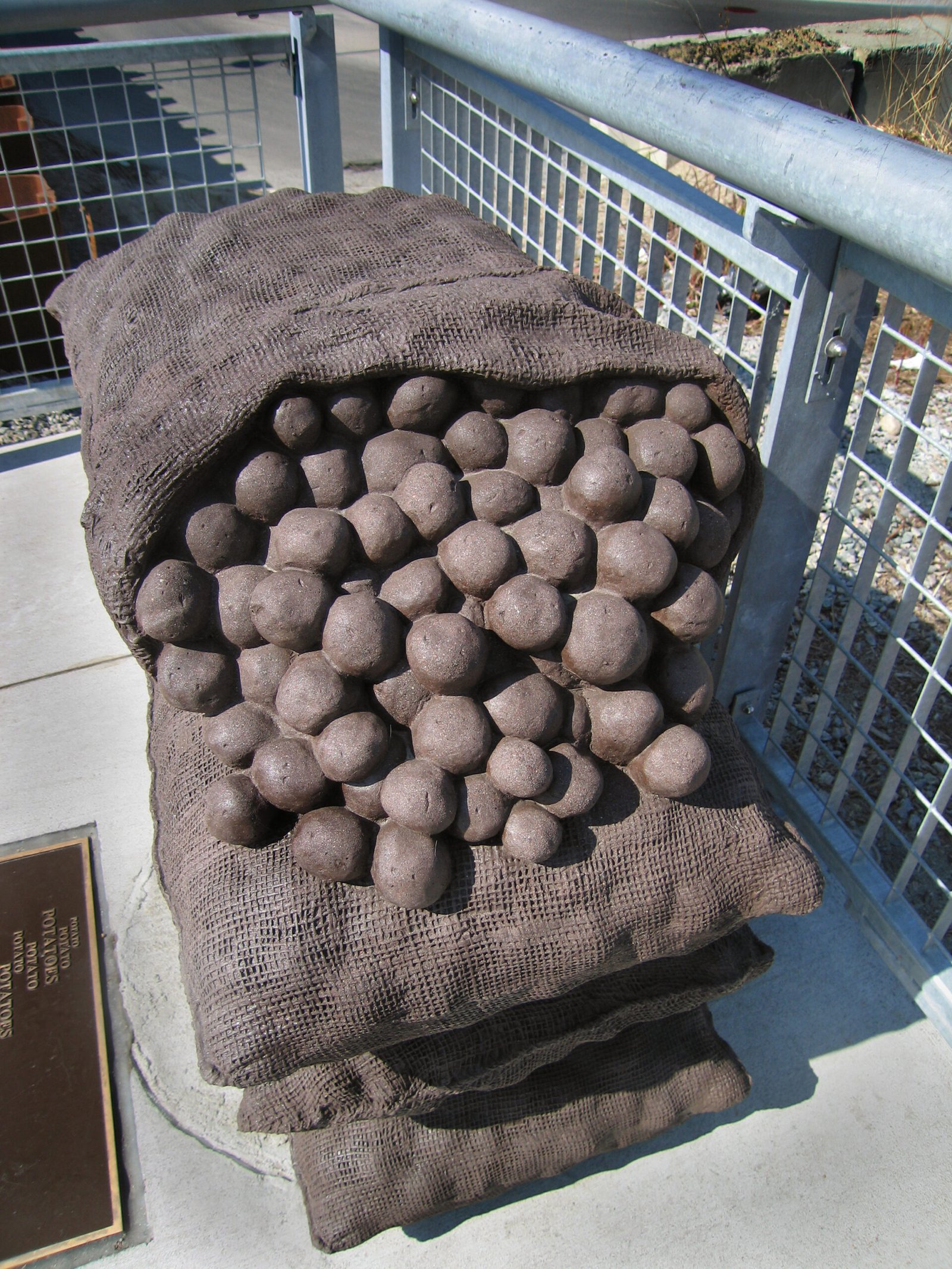
How did people keep potatoes fresh before refrigerators? The museum answers with a look at ancient root cellars and today’s high-tech storage facilities. You’ll see how temperature, humidity, and airflow affect potato longevity. There are even models showing the chemical changes that occur as potatoes age, and how today’s farmers use sensors and computers to keep their harvests from spoiling. It’s all about fighting off rot, sprouting, and other challenges with science and ingenuity.
Edible Engineering: Potato Chips and French Fries
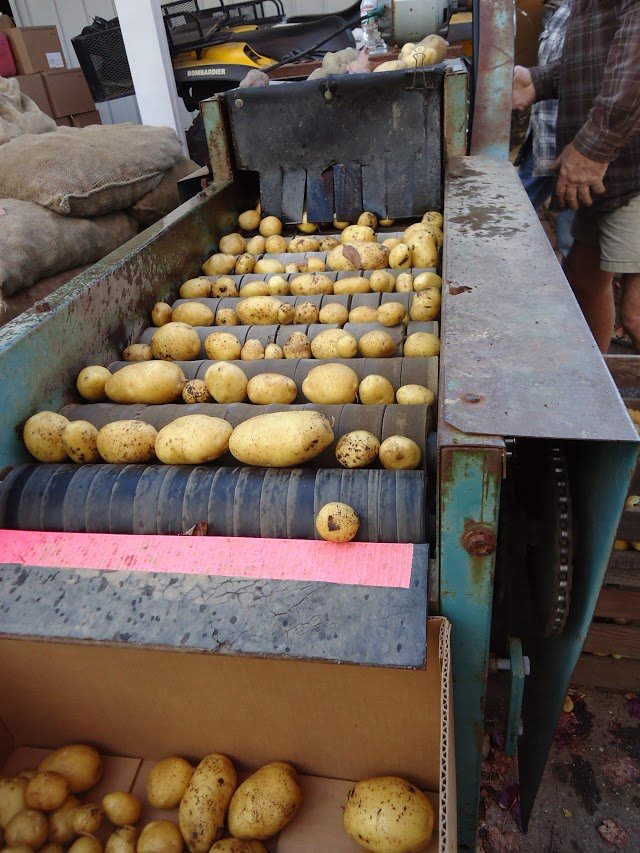
Ever wondered how a raw potato becomes the crispy chip or golden fry you love? The museum walks you through the engineering marvels of food processing. Machines slice, fry, and season potatoes with military precision. There are videos and interactive displays showing the role of temperature, oil chemistry, and timing in creating the perfect snack. It’s a behind-the-scenes look at the science that turns Idaho’s harvest into billions of treats enjoyed around the world.
The Potato’s Role in Nutrition and Health
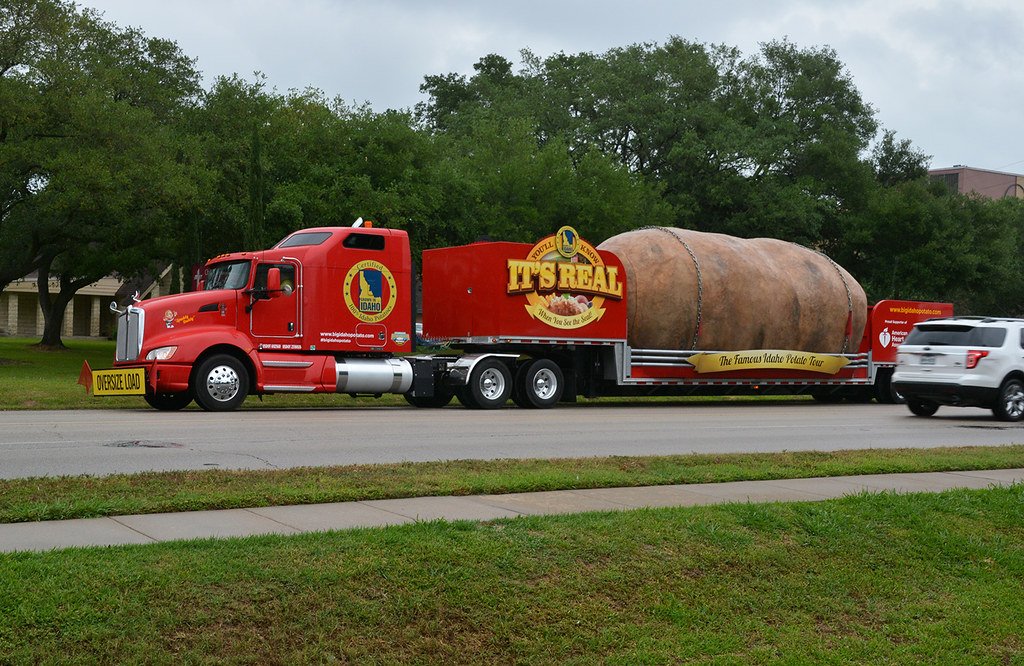
Potatoes have been unfairly maligned as “empty carbs,” but the museum sets the record straight with hard science. Exhibits detail the vitamins, minerals, and fiber packed into every spud. You’ll learn why potatoes were crucial in preventing scurvy on long voyages, and how new varieties are being bred to deliver even more nutrients. There are comparisons to other staple foods and myth-busting facts that might just make you appreciate potatoes a little more at dinner.
Potato Varieties: A Genetic Kaleidoscope
Not all potatoes are created equal. The museum proudly displays dozens of varieties, from classic russets to purple Peruvians. Each has its own unique genetics, flavors, and uses. You’ll see how plant breeders cross different types to create potatoes that can resist diseases, thrive in poor soils, or dazzle with surprising colors. There’s even a tasting station where you can try different kinds and see how variety really does spice up life.
Eco-Friendly Farming: Potatoes and Sustainability
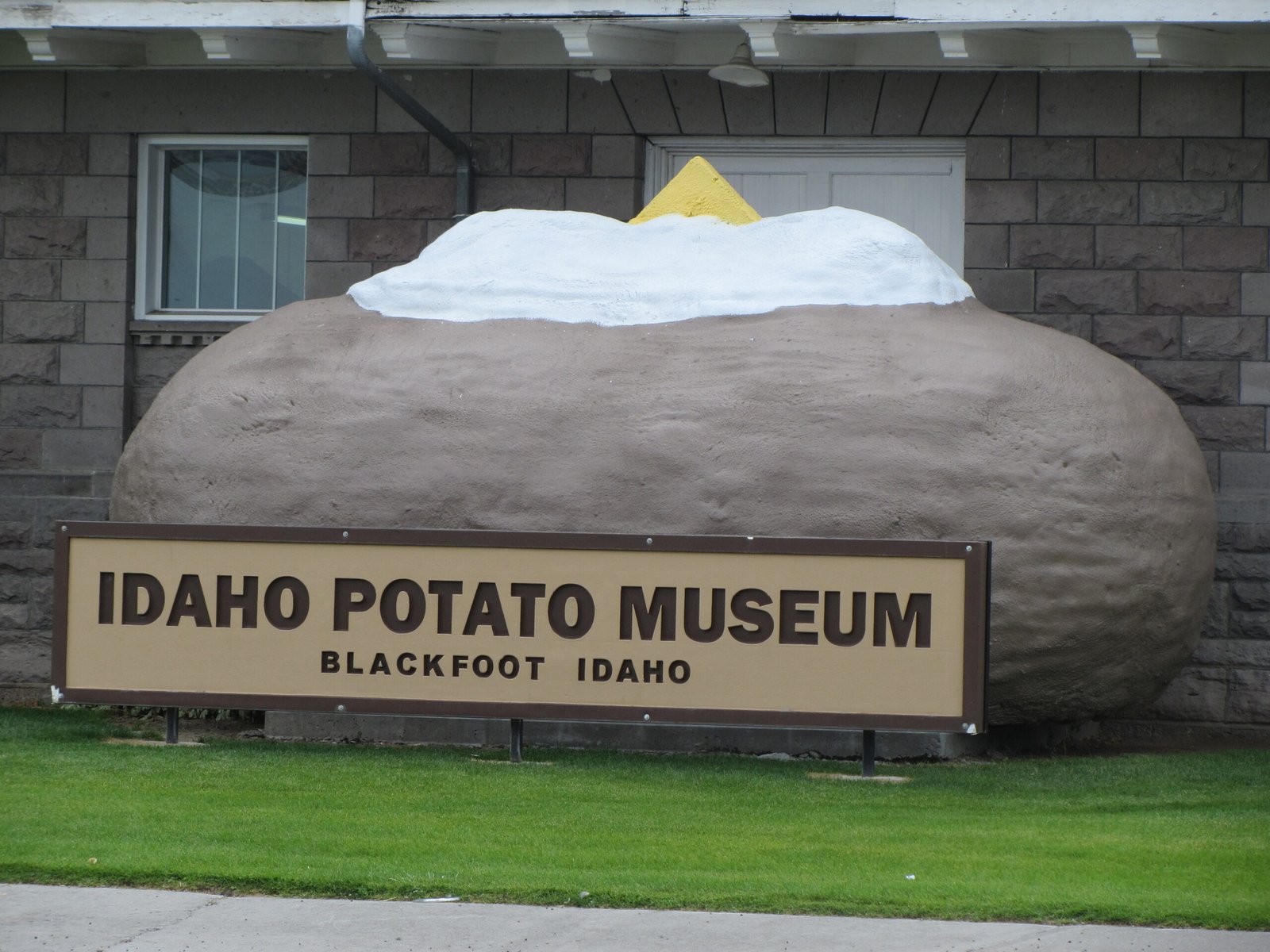
Today’s potato farmers aren’t just thinking about yield—they’re thinking about the planet. The museum highlights sustainable farming practices, like crop rotation, integrated pest management, and water conservation. There are models of irrigation systems that minimize waste, and stories of farmers using drones and sensors to monitor their fields. It’s clear that potatoes can be part of a future where agriculture feeds people without harming the earth.
The Economics of the Idaho Potato
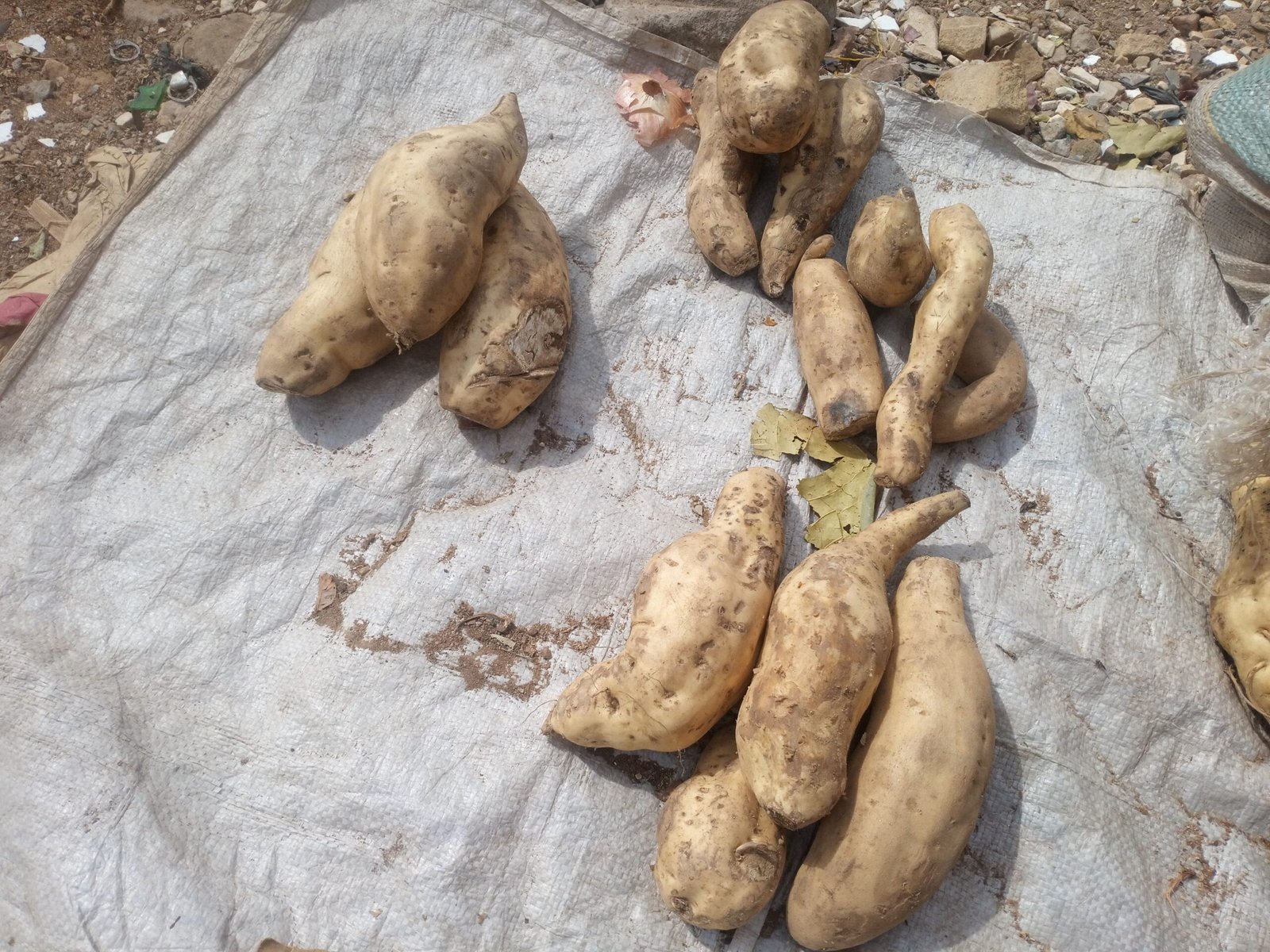
Potatoes are big business in Idaho, and the museum doesn’t shy away from the numbers. There are infographics showing how many billions of dollars potatoes contribute to the state’s economy. You’ll see how the potato industry supports entire communities, funds schools, and drives technological innovation. It’s a fascinating glimpse into how one crop can power an entire region.
Potato Art and Pop Culture
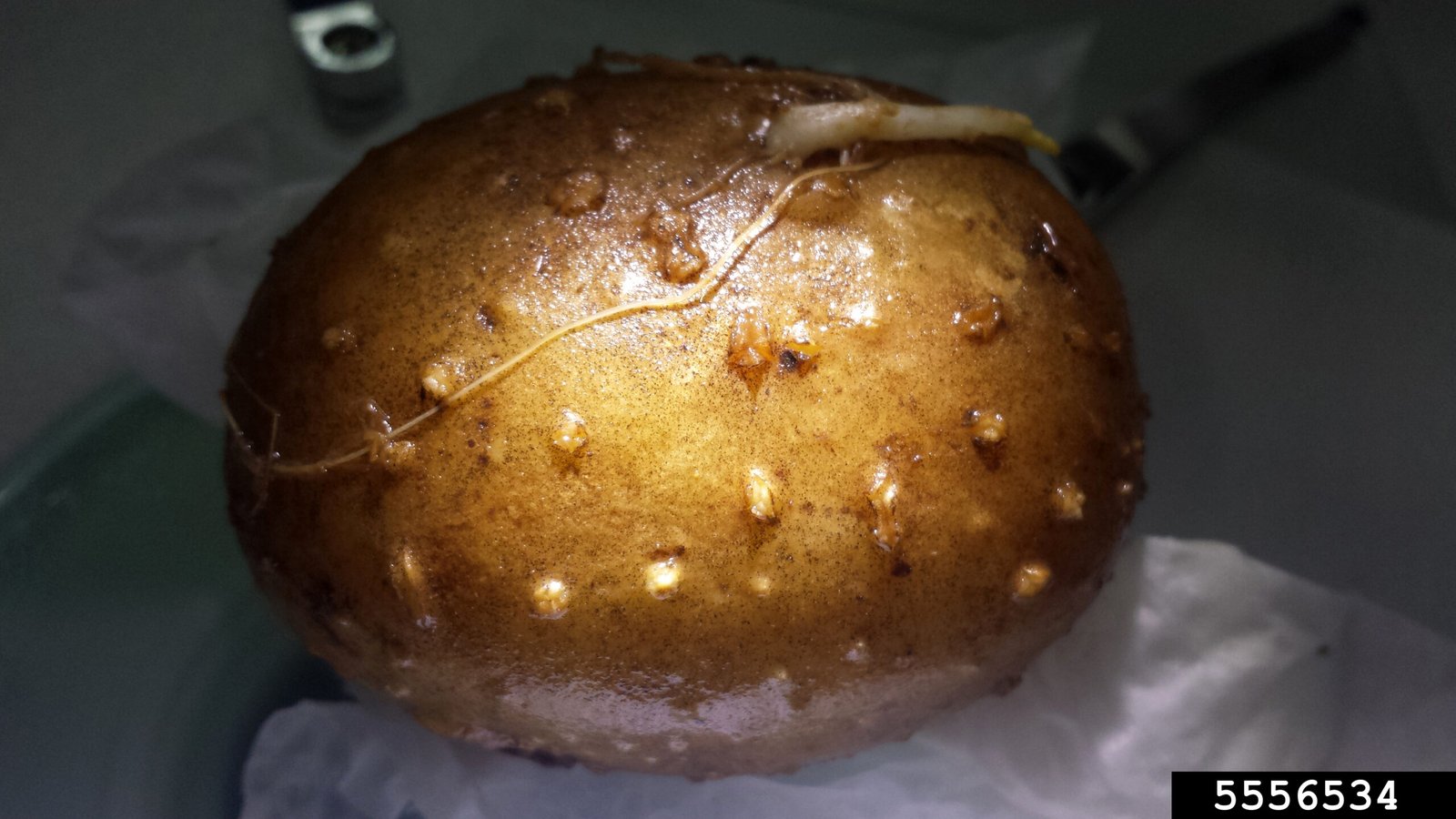
Science isn’t the only thing on display; there’s a playful side, too. The museum’s collection of potato art is both hilarious and heartwarming. From portraits made of potato chips to sculptures carved from spuds, creativity abounds. You’ll even find references to famous potatoes in movies and cartoons. It’s a reminder that potatoes aren’t just food—they’re part of our shared cultural story.
Hands-On Science: The Potato Battery
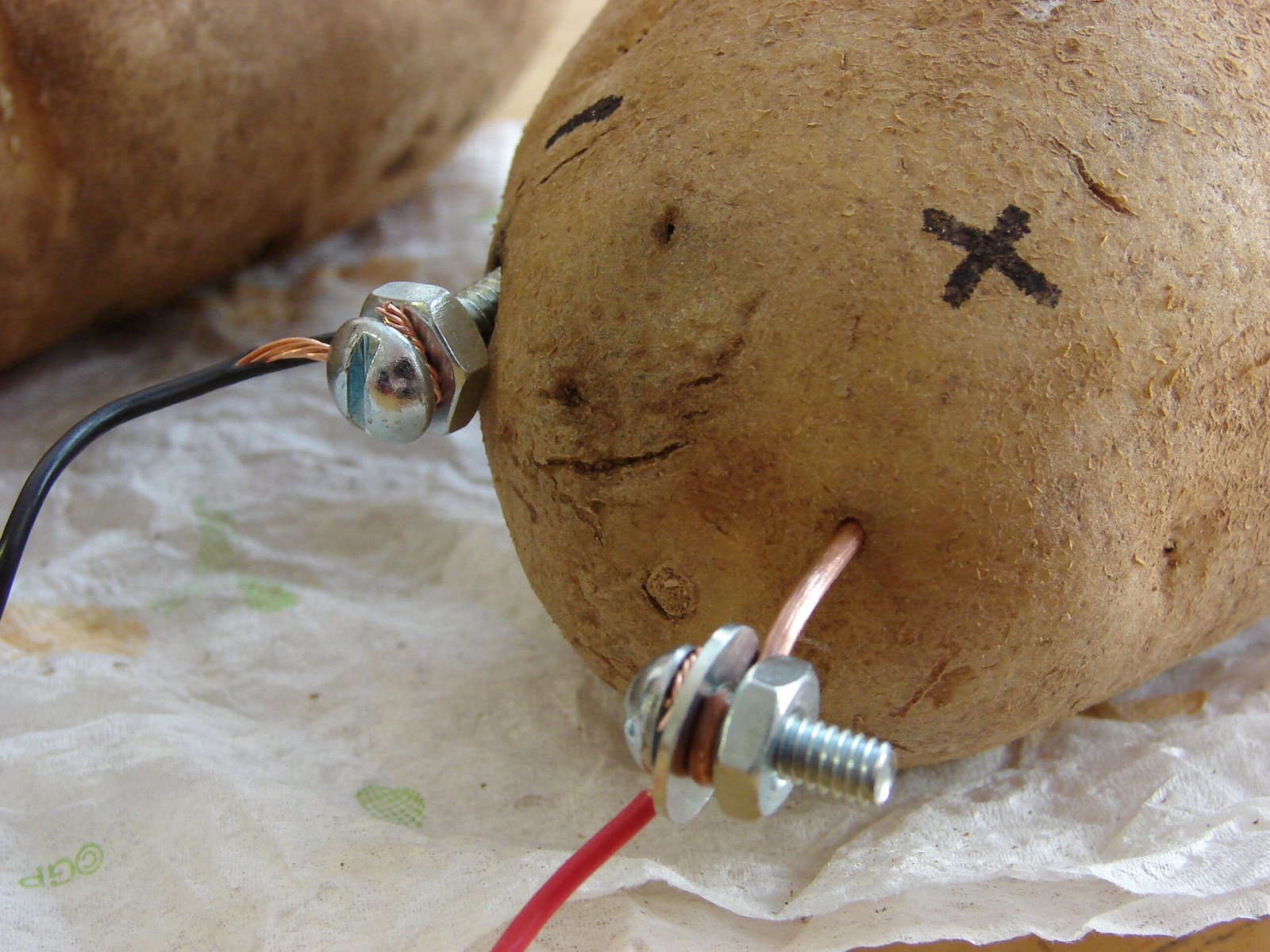
Remember making a battery out of a potato in school? The museum brings this classic experiment to life. You can build your own potato-powered lightbulb or clock, and learn the real chemistry behind it. It’s a simple but powerful demonstration of how everyday objects can reveal the secrets of electricity and energy. Kids (and adults) leave with a sense of wonder—and maybe a new respect for the potato.
The Story of the World’s Largest Potato Chip
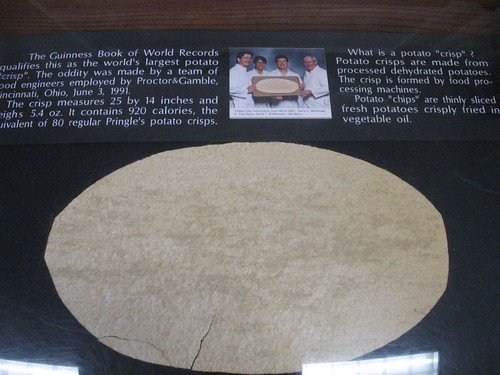
One of the museum’s quirkiest claims to fame is the world’s largest potato chip, displayed in a special glass case. This record-breaking chip is a marvel of engineering and snack science, carefully preserved for future generations. The exhibit explores the physics of chip making, from how oil temperature affects crispness to the mechanics of slicing. It’s a tongue-in-cheek nod to the lengths people will go to celebrate this humble food.
Potato Packaging: The Science of Staying Fresh
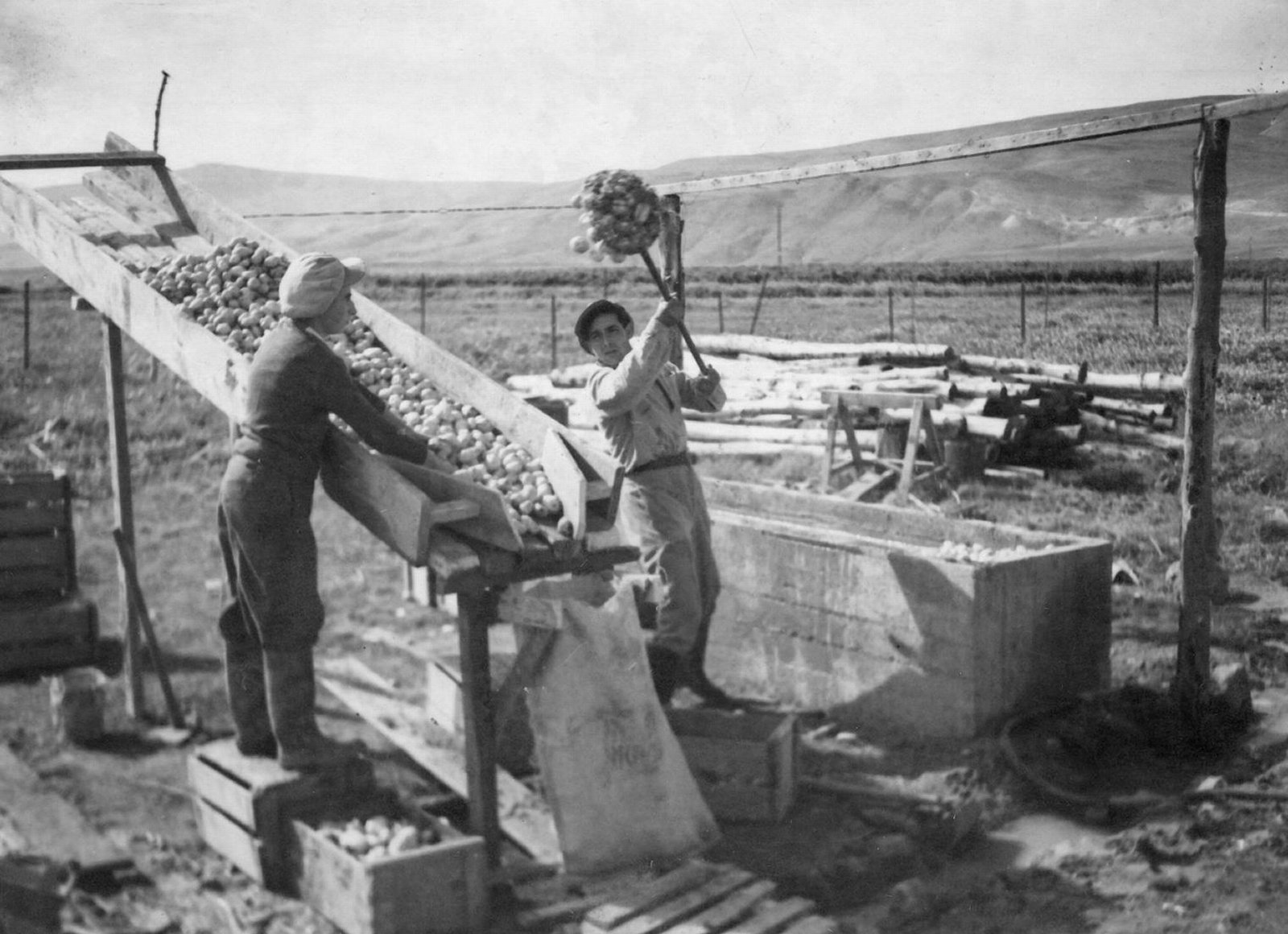
How do you get potatoes from the field to your table without them turning green or sprouting? The museum explores the evolution of potato packaging, from burlap sacks to state-of-the-art breathable bags. There are displays explaining how light, temperature, and air affect potato quality. You’ll see how scientists and engineers work together to keep potatoes fresh for months, reducing food waste and making sure none of that Idaho goodness goes to waste.
Potatoes Around the World: Global Science and Traditions
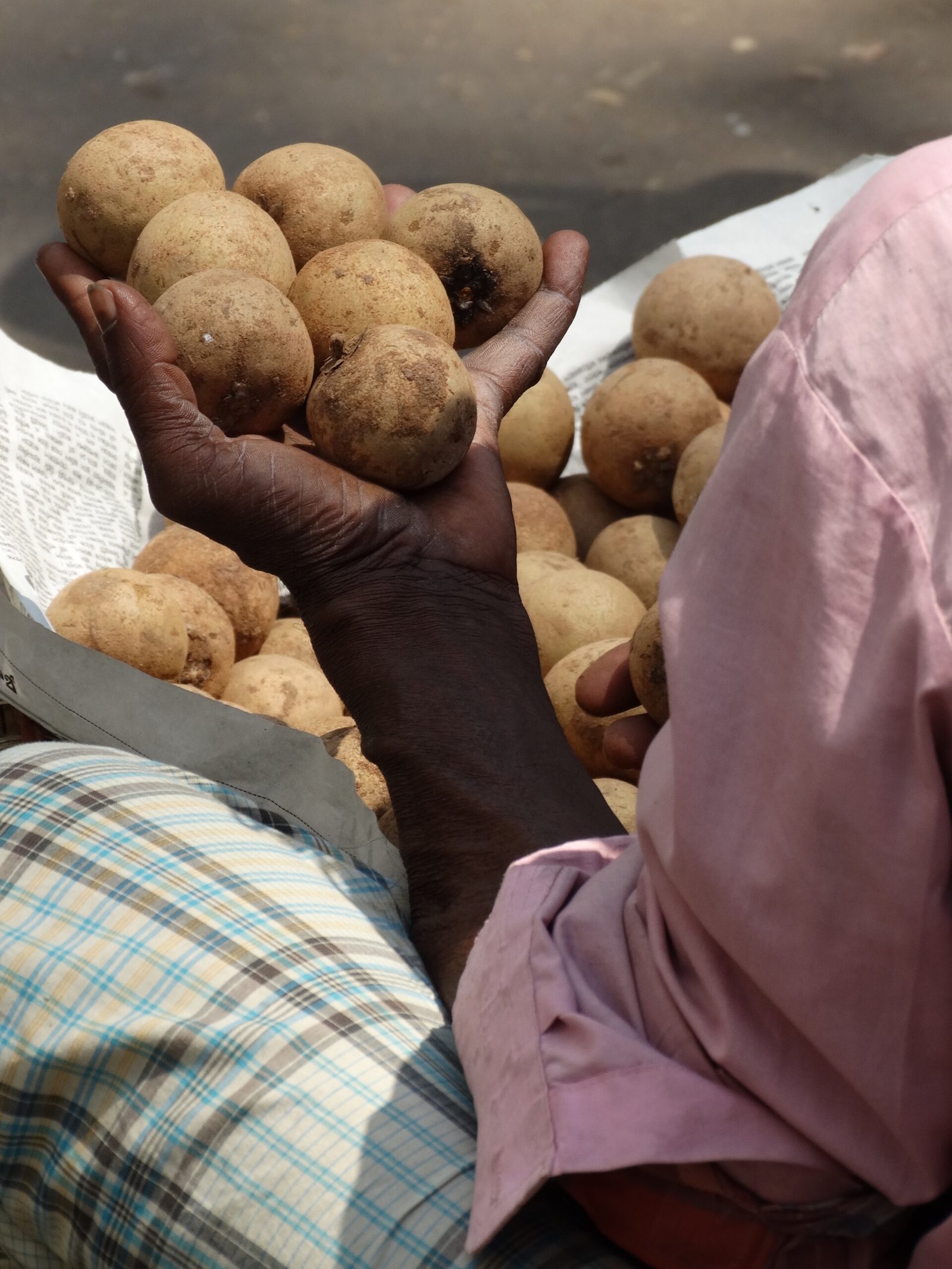
Potatoes are a global food, and the museum celebrates their journey from the Andes to every continent. There are fascinating stories about how different cultures plant, cook, and celebrate potatoes. Scientific displays show how climate and soil affect potato varieties worldwide. You’ll discover weird and wonderful recipes, from Peruvian purple potatoes to Indian aloo gobi, and see how this one crop has shaped diets and destinies across the globe.
The Future of Potato Science
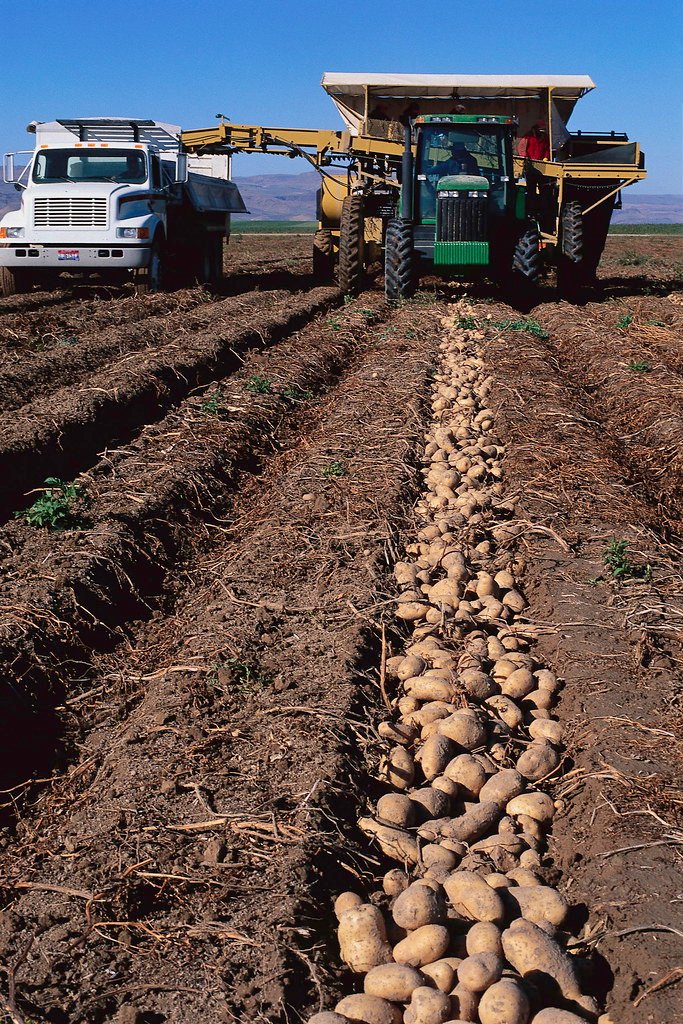
The museum always looks ahead, with a section dedicated to future breakthroughs. Scientists are working on potatoes that need less water, resist climate change, and deliver more nutrition. There are interactive screens where you can explore new research projects, from gene editing to urban farming. It’s inspiring to see how the science of potatoes keeps evolving, promising new solutions for food security and sustainability.
Gift Shop Wonders: Potato Science You Can Take Home
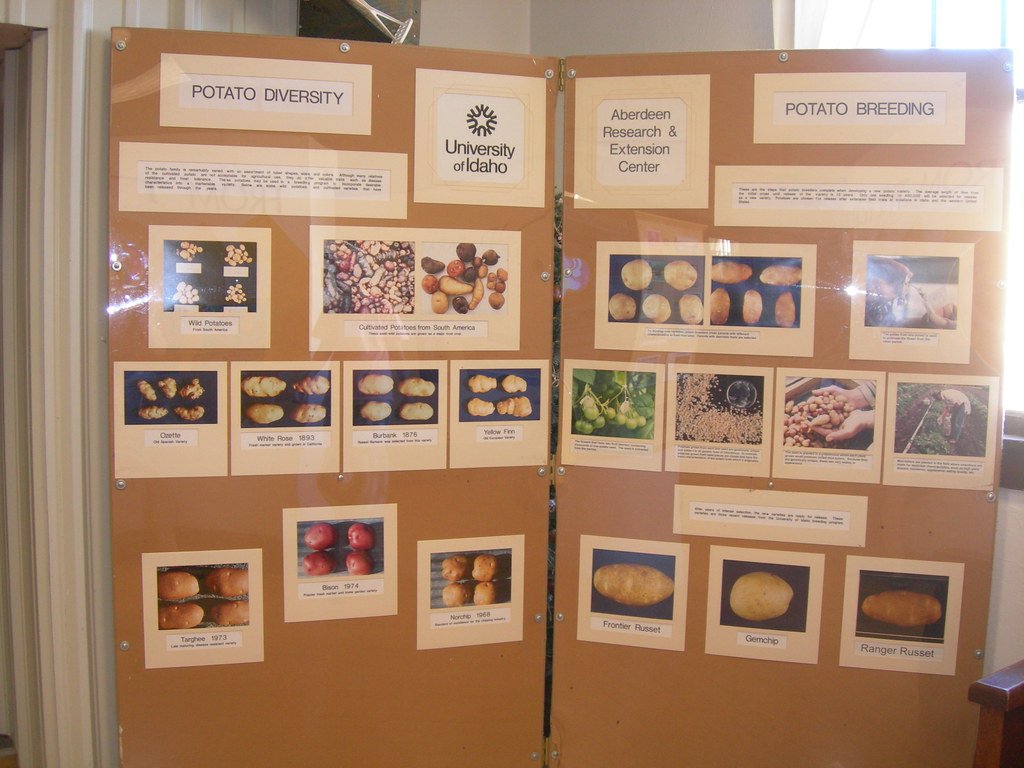
Before you leave, don’t miss the quirky gift shop, where science meets souvenir. You’ll find potato-themed gadgets, books, and even potato soap. There are DIY kits for growing your own spuds or conducting kitchen experiments. It’s a fun way to bring a bit of the museum’s weird, wonderful science home with you—and maybe start your own potato adventure.
Leaving with More Than Just Potato Knowledge
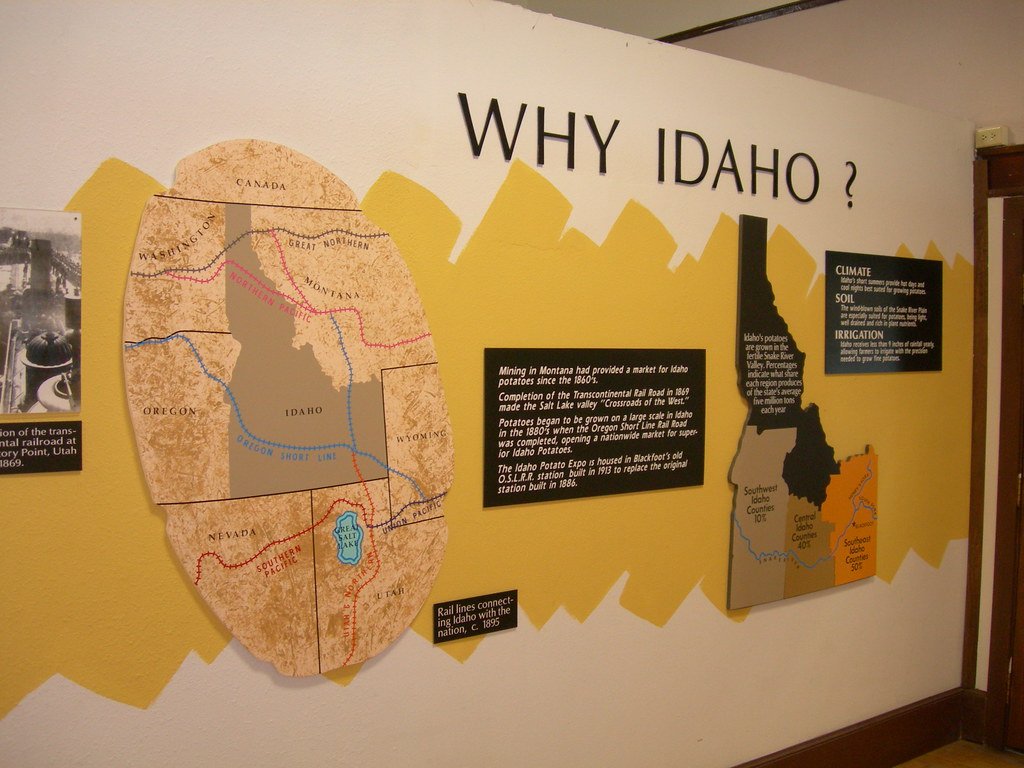
Stepping out of Idaho’s Potato Museum, you realize you’ve experienced something unique—a place where science, history, and humor collide in the most unexpected way. The exhibits linger in your mind, from the genetics behind every bite to the global journeys of this humble tuber. It’s a place that makes you wonder: if a potato can inspire so much innovation, what other everyday things are hiding extraordinary secrets?




